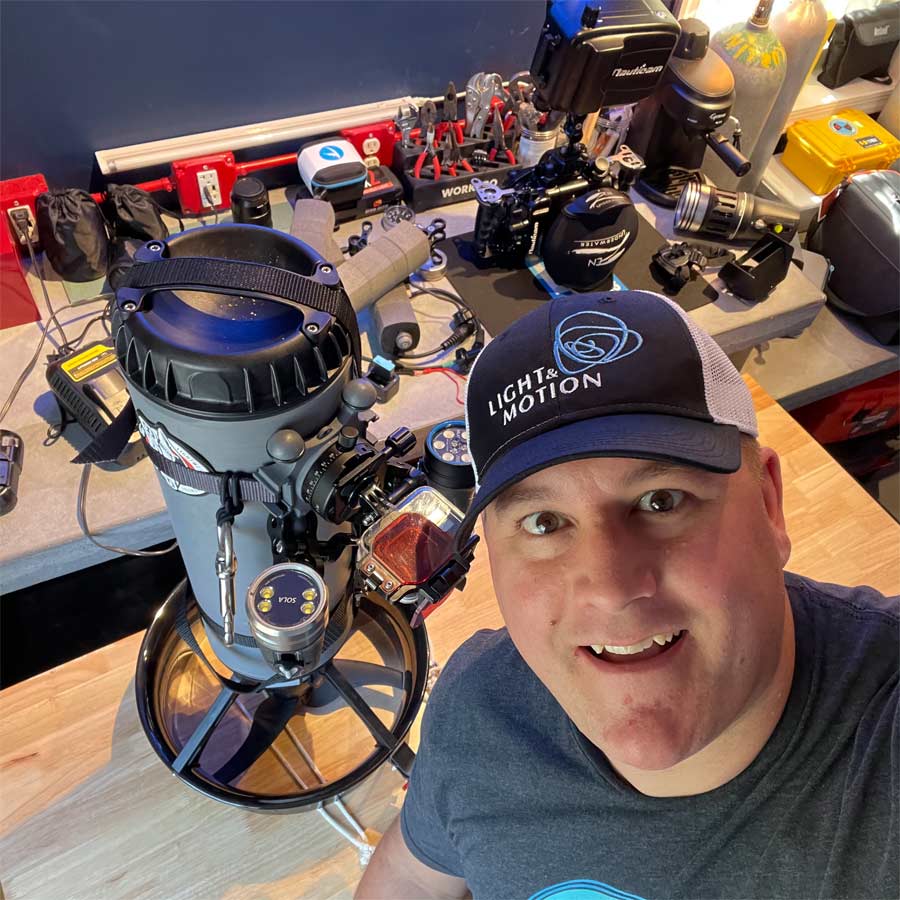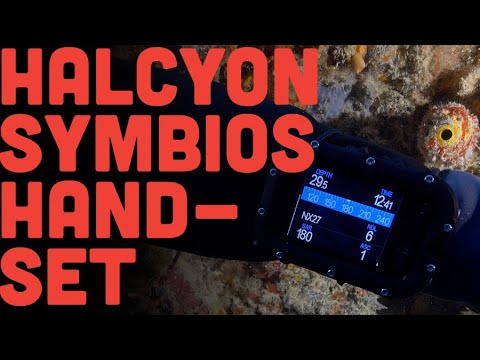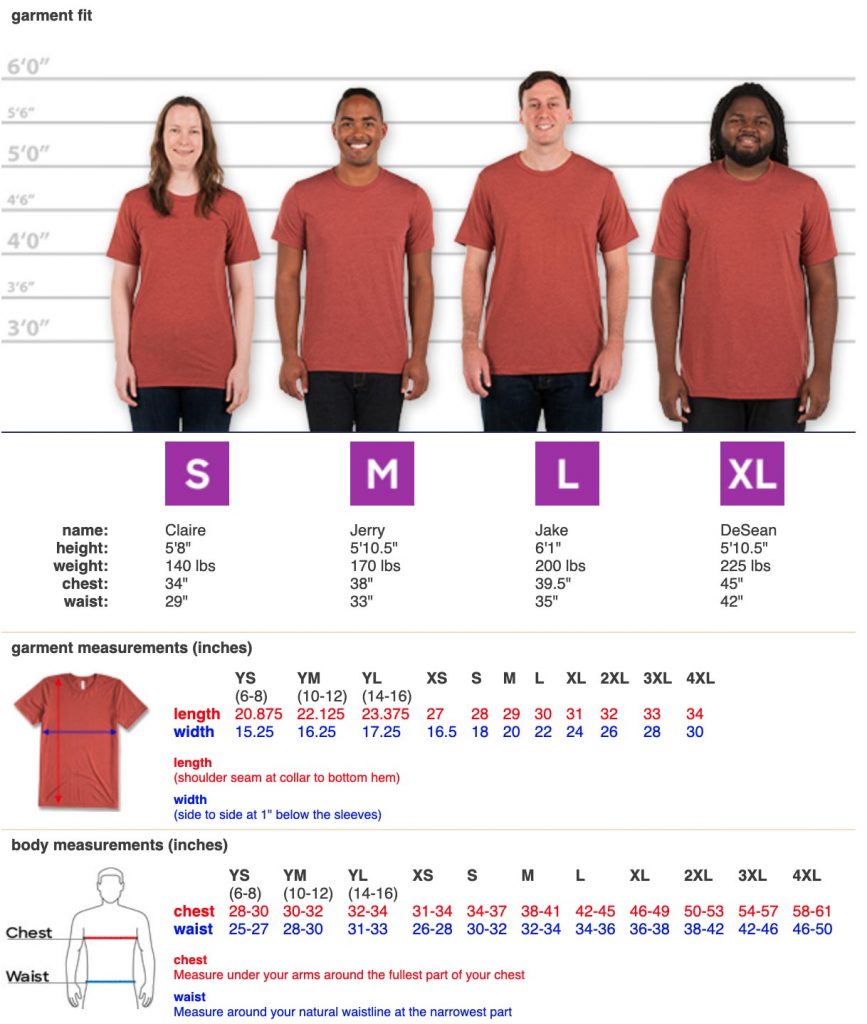First 5 Pieces of Gear for New Divers to Buy
So, you’ve just finished your open water course and fallen in love with scuba diving. Now, you have to buy your first set of scuba gear. Having just spent money on your open water course, you might not want to make the investment right away, but renting gear and buying cheaper gear can actually cost you more in the long run.
In the interest of buying pieces that are worth your money and will last you a long time, we are going to give you our recommendations for the first five pieces of gear you should buy as a new scuba diver. But first, why is making the investment in quality scuba diving gear so important?
Quality over quantity
Many divers will tell you that they have spent money on gear that was not right, not suitable for the type of diving they were doing, or that just wasn’t good quality and didn’t last. These divers will also tell you that they ended up spending more money replacing this gear than they would have buying for quality.
It’s okay to not have a full set of your own dive gear right away, and nobody expects you to. It’s more important to ensure that the gear you do have is suited to your needs and will last you a long time.
Buying lower-quality scuba equipment is not a good idea for the following reasons:
- Scuba diving equipment is essentially life support equipment, and not an area where you want to skip out on quality. Would you want to buy the cheapest parachute when skydiving? Probably not.
- As you evolve as a diver and want to do more challenging dives, it’s better to have equipment that can support you as you grow rather than buy a new set of gear every step of the way.
So, when you are looking to begin investing in scuba gear, where do you start?
The First 5 Pieces of Scuba Gear You Should Buy
This, in our opinion, is the most personal piece of scuba equipment and has the most influence over the comfort and enjoyment of your dives. You don’t want a constantly leaking mask, nor do you want a rental that someone else has been sneezing in. Check out our video on how to pick a high-quality scuba mask.
Some of the different types of dive computers include:
- Wrist-mounted watch style, like this Garmin Descent
- Console
The choice is up to your personal preference, and dive computers are a huge area of innovation in the scuba diving industry. For example, some of the best dive computers these days include air integration. It’s always better to buy a dive computer than rent one, because they all have a different type of user interface (layout, buttons, etc.) which you will have to learn prior to your dive if you are renting. This can significantly cut into your dive time.
Also known as a delayed surface marker buoy, this is an essential, life-saving piece of scuba equipment that marks your position in the water to alert others of your presence. Many dive centers won’t rent you an SMB or DSMB, making it extremely important to have one of your own. It’s not only a critical piece of dive gear, but is also relatively cheap, typically ranging from $20 to $80. Check out this option from Dive Alert.
Of course, this could be 5 or 6 different items, but much like a mask is a very personal piece of dive gear. For example, would you rent underwear? Or toothpaste? Plus, only you know how cold you get. Different brands of suits fit differently. Buying your own means that you are going to get your best fit, which will do the best job of keeping you warm. Wetsuits and drysuits also have different fits. A great wetsuit brand is Bare, which has 3MM and 5MM thickness options as well as scuba gloves and boots.
The regulators that dive operators rent out are manufactured specifically for the rental market, and tend to be the cheapest option. They have a very simple design, work great at shallower depths, and can take quite a beating. Basically, they do the job they are designed to do. Below are some examples:
- Scubapro MK11
- Aqua Lung Calypso
- Cressi AC2
If you want a regulator that you can grow into so that when you start doing deeper dives it will breathe better for you at depth and has a better work of breathing rating, you’re going to want to spend a little bit more money on your regulator and look to middle or high-end choices, like this model from Dive Rite.
Ready to test out your new scuba gear? Check out our 5 Tips for Beginner Open Water Scuba Divers.









